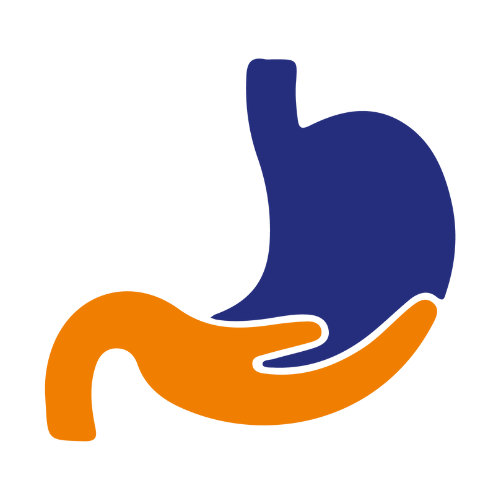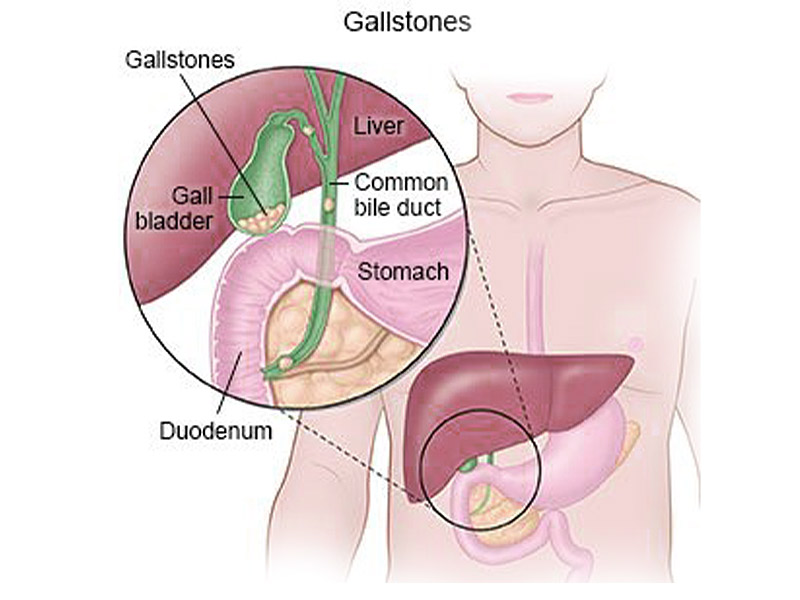Gall Stones
Gallstones are deposits of digestive fluid that are formed in the gallbladder. The size of these gall stones can range from grain of sand to that of a golf ball.
Gallstones are of two types:
- Cholesterol Gallstones: These are composed mainly of undissolved cholesterol and appear yellow in colour.
- Pigment Gallstones: These are dark brown or black coloured stones which form when the bile contains excessive bilirubin.
What are the Symptoms?
- Nausea or vomiting
- Clay coloured stools
- Burping
- Indigestion
- Sudden & intensifying pain in the upper right part of the abdomen
- Back pain between the shoulder blades
What are the Causes?
Although the exact cause of gallstones remains unknown, doctors think it may be a result of
- Too much cholesterol in the bile
- Too much Bilirubin in the bile
- Gall bladder not emptying correctly
How is it Diagnosed?
- Abdominal ultrasound
- Endoscopic ultrasound
- CT Scan
- Magnetic Resonance
- Cholangiopancreatography (MRCP)
- Endoscopic Retrograde
- Cholangiopancreatography (ERCP)
- Hepatobiliary Iminodiacetic Acid (HIDA)
- Blood Tests
What are the Risk Factor?
You are more likely to get gallstones if you:
- Have a family history
- Are a woman
- Are over 40 years of age
- Are overweight
- Consume a diet rich in fat & cholesterol
- Do not exercise much
- Use birth control pills
- Are pregnant
- Lose a lot of weight in a short period of time
Some complications are
- Inflammation of gallbladder
- Blockage of common bile duct
- Blockage of pancreatic duct
- Gallbladder cancer
How is it Treated?
Most people with no symptoms of gallstones do not require any treatment. Treatment options for those experiencing symptoms include:
- Cholecystectomy is the surgical removal of the gallbladder. Once the gallbladder is removed, bile directly flows from the liver into small intestine, instead of being stored in the gallbladder.
- Medications to dissolve gallstones. However, it takes months or sometimes years for the gallstones to dissolve through medications. Also, there are chances for the gallstones to form again after the treatment is stopped.

